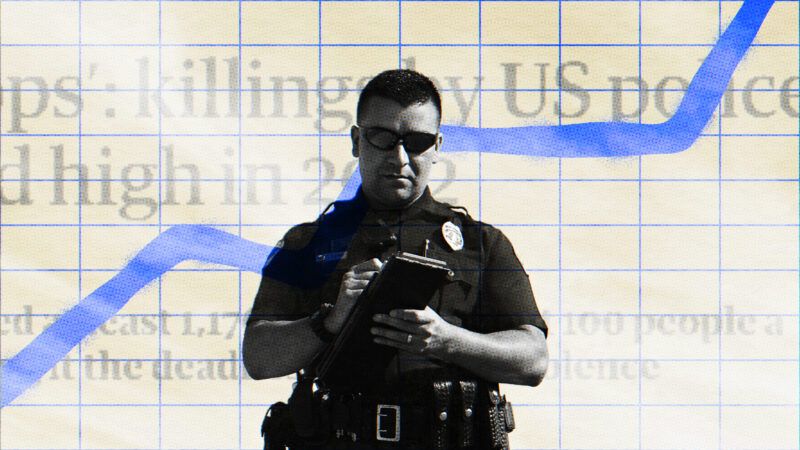
One in three police homicides could have been avoided without endangering police or the public, according to a study. Eight percent of all homicides of adult men in the United States are committed by police. Using data from 2008–2017 from the National Officer-Involved Homicide Database, Josh Leung-Gagné compared police homicide rates across the 711 local police departments serving 50,000 or more residents in the United States.
One explanation for differing rates of police killings is that some jurisdictions are riskier than others, which necessitates more force to keep the public and officers safe. Leung-Gagné compared police homicide rates among departments with similar levels of risk and projected what each department’s rate would have been under average risk conditions, which he quantified using data on violence against officers and officer exposure to violent and other crimes. Leung-Gagné also controlled for differing likelihoods of surviving uses of deadly force, by factoring in access to a trauma care facility. Comparing adjusted rates, Leung-Gagné finds police departments facing similar risks kill at substantially different rates.
The deadliest departments kill 6.91 times more frequently than the least deadly departments. If no police departments killed more people than their average peer that faces similar risks, then there would be about a third fewer police homicides overall. Leung-Gagné interprets the data to suggest that at least 1 in 3 police homicides by mid-to-large local police departments are excess police homicides, unnecessary to maintain officer or public safety. According to Leung-Gagné, police homicides can be reduced without reducing officer safety and effectiveness.

